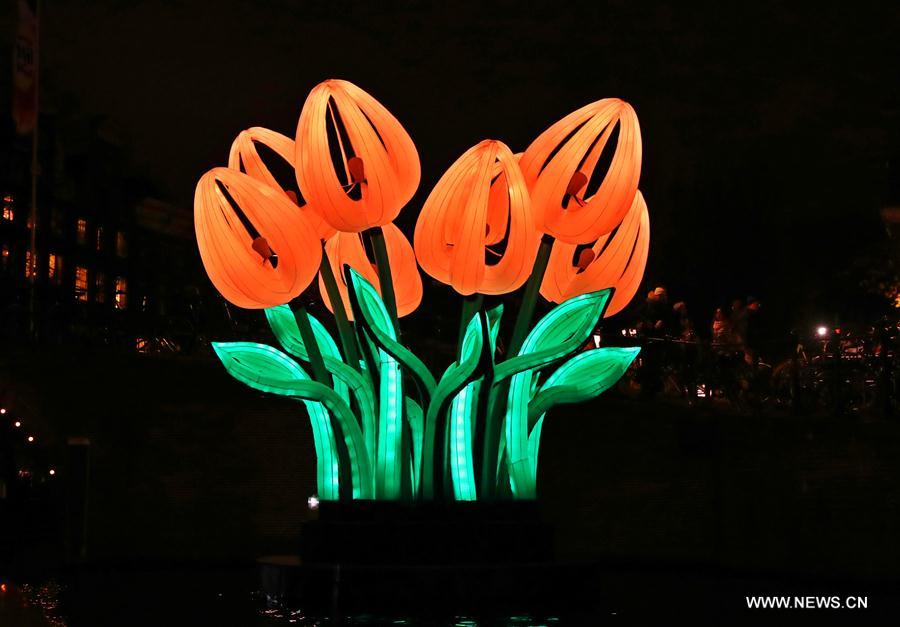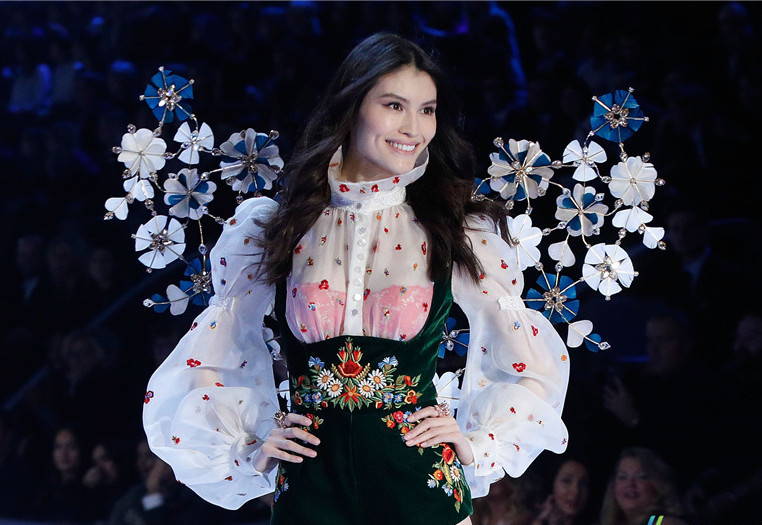
Hanyu Yuzuru of Japan and Bing Dwen Dwen perform during the figure skating gala event of the Beijing 2022 Winter Olympics at Capital Indoor Stadium in Beijing, capital of China, Feb. 20, 2022. (Xinhua/Wang Fei)
by Xinhua writer Zhang Yunlong
BEIJING, March 10 -- What are the first names that pop up in your mind regarding which cultural phenomena or moments have impressed you most in recent years?
Bing Dwen Dwen, the Beijing 2022 Winter Olympic Mascot; The Battle at Lake Changjin, the all-time top-earning Chinese film series; The Three-Body Problem, the award-winning sci-fi novel trilogy by Liu Cixin; or anything else?
The answer varies for different people. It's especially true if you examine the changes taking place in China over the past 10 years through a popular cultural lens.
Indeed, even the pickiest of the China cultural observers would agree that with the country's victory in eradicating absolute poverty and achieving moderate prosperity also came noticeable strides in cultural advancement over the past decade.
OLYMPIC MASCOT
Bing Dwen Dwen, a chubby giant panda cub in a hard transparent bodysuit, is a superstar from the Beijing 2022 Winter Olympics.
On the Games' opening day, over one million people flooded the official Olympics online store on Alibaba's e-commerce platform Tmall to buy Bing Dwen Dwen mascots and other merchandise, according to a report by Alibaba.
The panda mascot is an example of a design with uniquely Chinese characteristics that "integrates Chinese history and culture into the DNA of the design" and "transcends national boundaries and languages," according to its creator Cao Xue, who is with the Guangzhou Academy of Fine Arts.
Two weeks after the Games closing, Bing Dwen Dwen continues to be a smash hit.
Fan Di'an, president of the China Artists Association, attributes the fact that Bing Dwen Dwen and Shuey Rhon Rhon, the fluffy red lantern-shaped Paralympic mascot, have become cultural icons to the people's increased confidence in Chinese culture.








